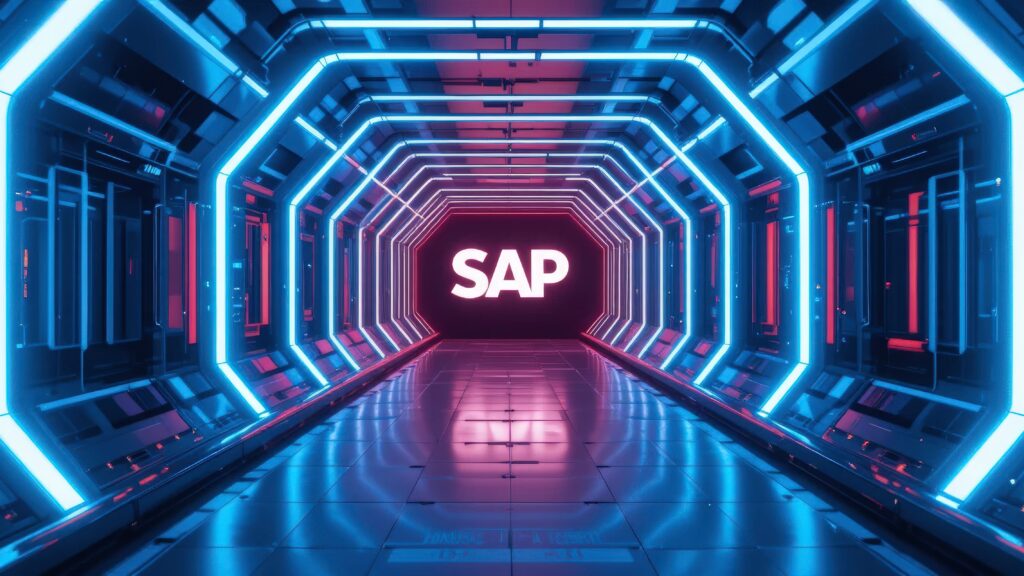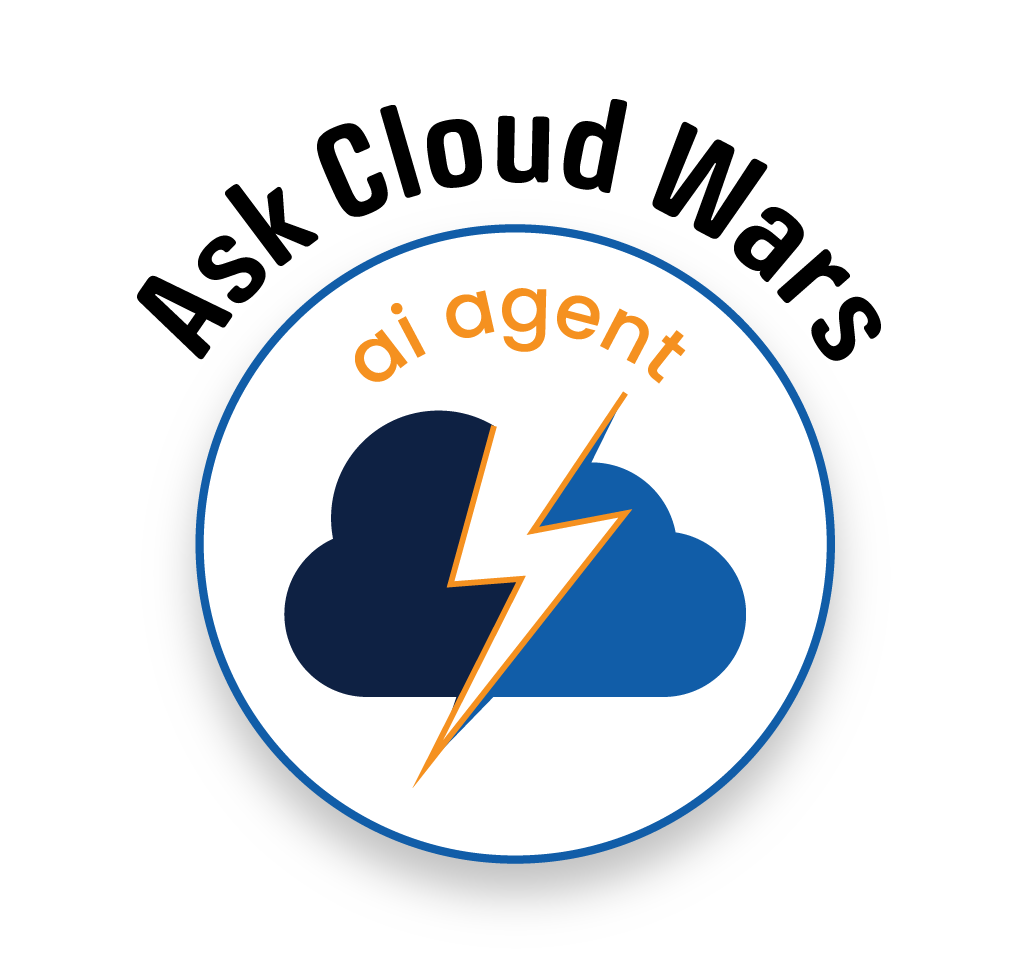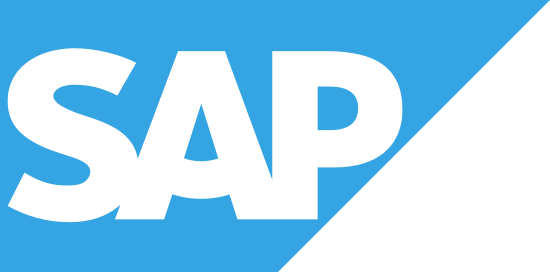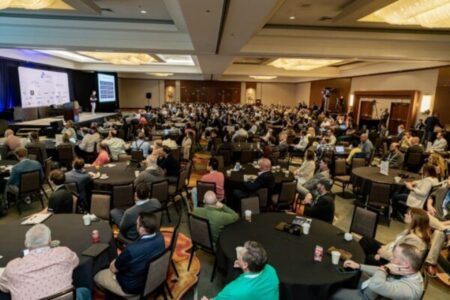
Following five straight quarters of accelerating growth in cloud revenue and current cloud backlog, SAP reported Q2 results that showed slowing growth in both areas but were still far better than comparable numbers from its primary competitors.
Cloud revenue for Q2 rose 24% to $6.0 billion, marking the first time since 2023 that this figure declined in a sequential quarter-to-quarter basis. For the previous five quarters, SAP’s cloud revenue grew 24%, 25%, 25%, 27%, and 25%.
Current cloud backlog for Q2 rose 22% to $21.2 billion in a fairly steep decline from SAP’s performance over the previous 5 quarters: 27%, 28%, 25%, 32%, and 28%.
While I’d prefer to skip over the projections I made for those two key Q2 results, my conscience compels me to own up to my funky forecasts: For cloud revenue, I was expecting 27% growth but the actual number was 24%, and for current cloud backlog I predicted 29% growth, while the real number was 22%.
Quick sidenote: I want to add that it’s possible and perhaps likely that you’ve seen numbers saying that SAP’s Q2 cloud growth was 28%, and that its Q2 current cloud backlog also grew 28%. Those two figures refer to the “constant currency” version of the Q2 results — and while constant currency numbers certainly have their use, I like to stick with the original numbers, which for Q2 were 24% for revenue growth and 22% for current cloud-backlog growth.
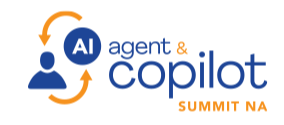
AI Agent & Copilot Summit is an AI-first event to define opportunities, impact, and outcomes with Microsoft Copilot and agents. Building on its 2025 success, the 2026 event takes place March 17-19 in San Diego. Get more details.
Good News and Not-as-Good News
In SAP’s favor, those numbers are far above what anybody else in the enterprise-apps space is doing, outperforming: Oracle, Salesforce, Workday, and Microsoft Dynamics 365 by anywhere from 50% to 200%.
Plus, as a business gets bigger — and SAP’s certainly is expanding, and doing so rapidly — it is more difficult to sustain lofty growth rates.
And yes, three months ago in reporting its Q1 numbers, SAP said the rate of growth for current cloud backlog would likely decline — but they certainly didn’t indicate that the decline would be as steep as the drop from Q1’s 28% to Q2’s 22%.
Part of that, according to CEO Christian Klein, stems from a combination of new market uncertainty and concern over the implications of tariffs.
“Second, uncertainty in global markets from earlier this year remains, but SAP has an excellent pipeline for the second half of the year in almost all markets and regions,” Klein said in his prepared remarks on the earnings call.
“In a few individual industries impacted by uncertainty, we are seeing extended-approval workflows on the customer side, for example, in the U.S. public sector and among manufacturers affected by tariffs.”
Later in the call, Klein expanded on that specter of “uncertainty.”
“There are some megadeals in there and of course this creates a swing in CCB [current cloud backlog] on both sides,” Klein said.
“And obviously, what we need to see, especially in a few sectors like U.S. public sector and manufacturing industries where customers are impacted by tariffs — that of course becomes a really important factor in the second half.
“So we have the pipeline and we have really good coverage” for that future business, Klein said.
Final Thought
It’s clear that SAP still has great momentum in the market and that customers are eagerly buying into Klein’s vision of the AI-powered future of business.
But that current cloud-backlog numbers over the past three quarters — from Q4’s 32% to Q1’s 25% to Q2’s 22% — are an indication of softer future spending. Perhaps that’s nervous customers cautiously pulling back, perhaps it’s tougher competition, and perhaps it’s both.
Ask Cloud Wars AI Agent about this analysis


